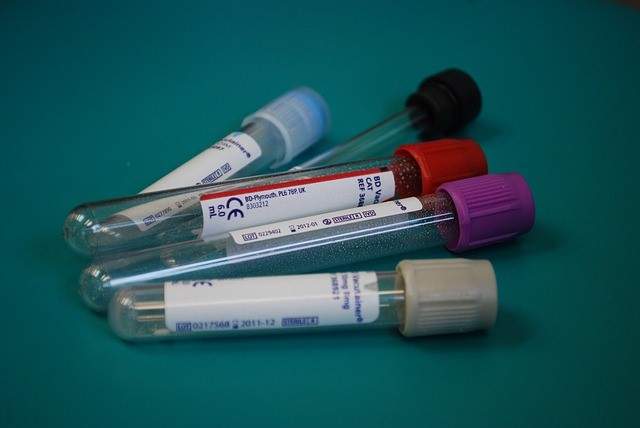At a glance
About: Anaplasmosis is a tick-borne infection caused by the intracellular bacterium Anaplasma phagocytophilum which takes up residence in the white blood cells of cats and other warm-blooded mammals.
Transmission: Ticks spread the bacteria when they feed on an infected animal. Bacteria in the host blood are ingested and make their way to the salivary glands of the tick. From there into the next host when the tick feeds on a blood meal.
Symptoms: Cats are often asymptomatic to anaplasmosis. When symptoms do present, they include loss of appetite, fever, lethargy, and lameness.
Diagnosis: Baseline tests including complete physical examination and medical history, blood count, biochemical profile and urinalysis. Polymerase chain reaction (PCR) can diagnose infection.
Treatment: Mildly affected cats may require no treatment at all — antibiotics for symptomatic cats.
Read more









